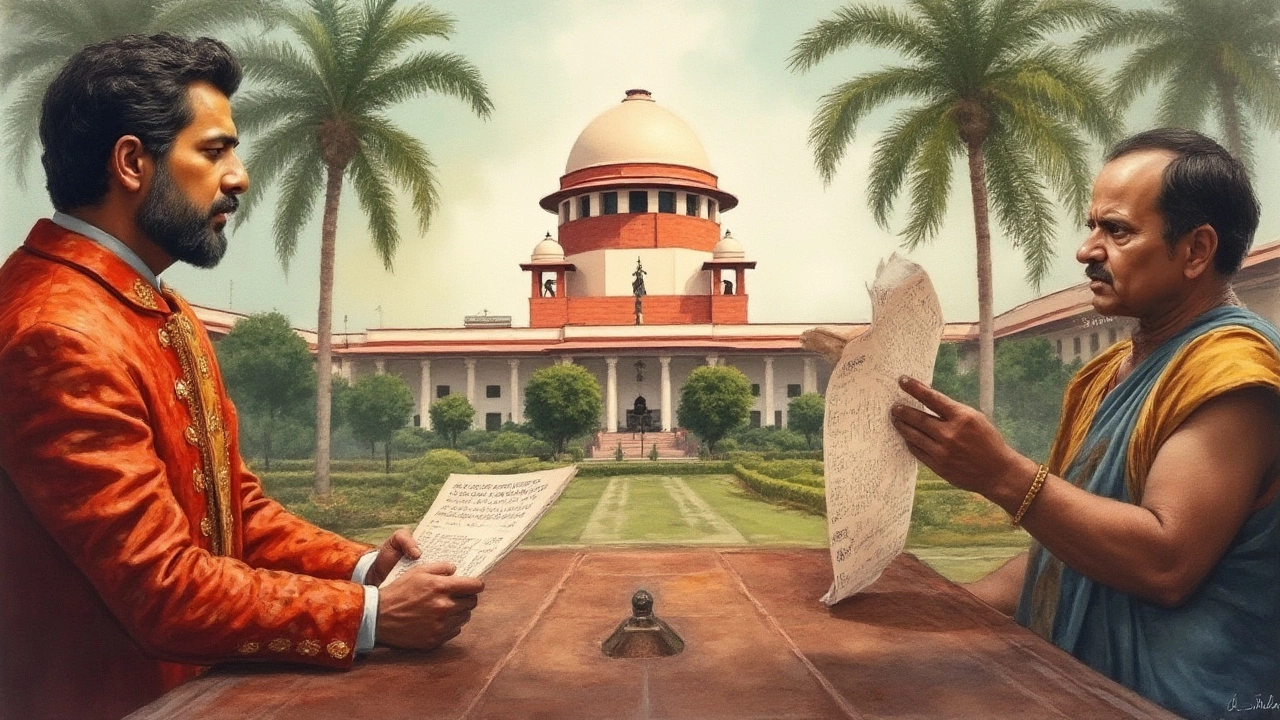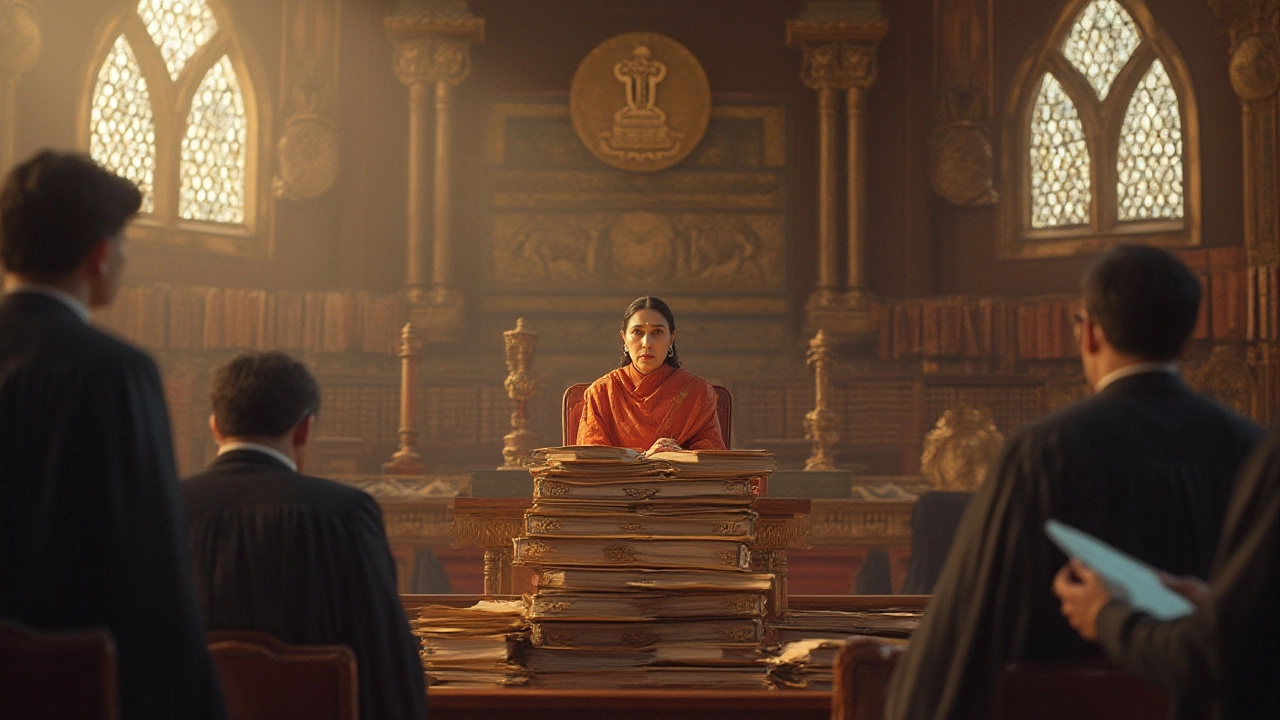Imagine someone just won a lawsuit and the court not only awards money for the actual harm but slaps the other side with extra damages—as a way to punish and send a message. That’s called punitive damages. They’re rare and dramatic but sometimes you see a news story where a company gets hit with millions (or even billions) for bad behaviour. But these mega-penalties don’t always survive a second look. After the dust settles, courts go through a checklist to decide if those damages are fair, legal, and reasonable. One wrong move in this review, and suddenly that eye-popping award shrinks to a fraction, or disappears completely.
Why Punitive Damages Get Special Attention
Let’s cut to the chase: punitive damages aren’t about making someone whole—they’re about punishment and setting a loud, clear example. But there’s a tightrope courts walk. If the punishment is too harsh, it looks unfair, even in the face of outrageous behaviour. And if it’s too weak, it loses its bite as a deterrent.
Traditionally, most legal systems—including here in New Zealand but also in places like the US and UK—treat punitive damages as the legal wild card. They aren’t awarded lightly. In fact, according to a study by the US Department of Justice, in federal civil trials where punitive damages were sought, only around 5% of plaintiffs actually got them, and judges often slashed the amounts after review. That shows courts take this part seriously—not just rubber-stamping big numbers because a jury was angry.
That’s why there’s no autopilot for punitive damages. Courts have strict standards to follow, and they ensure these damages aren’t “grossly excessive” or “arbitrary.” In 2003, the US Supreme Court in State Farm v. Campbell highlighted that punitive awards shouldn’t be a “random lottery” and laid out clear checks. Similar logic runs through other countries’ legal systems, including ours.
The purpose of the review boils down to three main things: Was the defendant’s behaviour bad enough to deserve punishment? Do the damages fit the misconduct, or do they feel like winning the lottery? And, most crucially, do the damages crash into any legal walls—statutes or constitutional rights?

The Three Essential Checks Every Court Makes
Courtrooms aren’t guessing games. Every time a judge reviews punitive damages, they’re running through a checklist, not just plucking feelings out of thin air. These are the three things no court skips:
- The actual nature of the defendant’s conduct – Was it really reprehensible?
- The ratio of punitive to actual damages – Is it way out of proportion?
- Comparison to similar cases and statutory limits – Are there caps or past cases to draw the line?
Let’s break those down because each point does heavy lifting.
First, judges ask if the behaviour was truly “reprehensible.” Was it intentional, reckless, malicious, or simply negligent? Courts look for aggravating factors, like if the wrongdoing endangered the safety of many people, was repeated often, or targeted vulnerable victims. For example: In the infamous McDonald’s hot coffee case, most people only remember the big payout, but the facts showed years of ignored burn complaints, a scalding temperature policy, and a callous response to real injuries. That’s why punitive damages stuck, even after a review reduced their size.
Second, courts examine the ratio. They often use a “single-digit” multiple (like 1:1 to 9:1) as a rough maximum. So if someone actually lost $100,000, punitive damages rarely go above $900,000 without a great reason. The idea here is fairness: you can punish, but no one should make a killing off an accident or bad act. In one Australian case, punitive damages one hundred times bigger than compensatory damages got tossed out for being “utterly disproportionate.”
Third, statutes and precedent matter. Some countries and states just don’t allow punitive damages, or they cap them. The UK, for instance, generally restricts punitive awards to rare situations like oppressive government conduct. Even where there’s no formal cap, judges look at past cases—if similar conduct netted $50,000 in the past, a new $5 million award gets serious heat and is likely to shrink.
Below is a table showing sample ratios and award outcomes from high-profile court cases:
| Case | Compensatory Damages | Punitive Damages (Initial) | Punitive Ratio | Punitive Damages (Final After Review) |
|---|---|---|---|---|
| State Farm v. Campbell (US, 2003) | $1,000,000 | $145,000,000 | 145:1 | $9,000,000 (9:1 ratio) |
| Loving v. Virginia (hypothetical example) | $50,000 | $5,000,000 | 100:1 | Punitive award overturned |
| Liebeck v. McDonald's (US, 1994) | $160,000 | $2,700,000 | ~16:1 | $480,000 (3:1 ratio) |
So before anyone starts celebrating or fuming over jaw-dropping verdicts, judges always ask: does this fit the rulebook, history, and logic?

Practical Implications and Useful Tips for Litigants
Punitive damages are a wild card, but there’s a method behind the madness. If you’re heading to court—whether you’re a claimant or on the receiving end—knowing these three checks is the difference between building a solid argument and facing a legal reality check. Here’s what matters if this issue lands on your lap:
- Don’t rely on emotions or headlines. Ask yourself whether the conduct you’re complaining about is really as bad as it feels. The legal definition is often tighter than people expect. Actions have to be intentional, shocking, or dangerous—not just careless or unlucky.
- If you’re a defendant, don’t panic about splashy numbers. Judges know juries sometimes “send a message.” Your lawyers will hone in on the ratio and look for legal limits as weapons to cut giant awards down to size.
- If you’re a claimant, focus your energy on documenting the worst behaviour—past patterns, ignored warnings, recklessness toward public safety. The more you connect your case to previous high awards for similar facts, the stronger your argument.
- Keep an eye on local law. The rules shift from country to country, even between states or provinces. For instance, New Zealand courts are famously cautious about punitive damages. They rarely go high unless there’s proof of a calculated wrong or a need to warn other companies off.
- Remember the appeals process is your safety net or your biggest risk. Appeals courts set the boundaries everyone else must follow. One famous example: in the 2002 case Tudor Insurance v. Wilson, a New Zealand court slashed an outrageous award, emphasizing the need for fairness and “proportionality.”
The numbers may get all the attention, but at its core, the process is about reason and reality. That’s why checking the nature of the conduct, the size of the award versus the actual harm, and legal boundaries are the three pillars of every review. Get any one of them wrong and the whole award can topple, no matter how the trial felt at the time.
Bizarrely, punitive damages can sometimes end up grabbing more headlines than the actual harm. Think about the fallout: Companies rewrite their policies, and sometimes even governments step in to set clearer boundaries. One real tip? Keep receipts. Precise records of warnings given and steps taken (or ignored) often carry more legal punch than emotional pleas ever do.
So, while punitive damages seem wild and unpredictable, courts everywhere stick to the same basic trio of questions. It’s not about dialing up a punishment to match the public mood—it’s methodical. They’re making sure punishment is deserved, measured, and grounded in real-world law and history. Forget everything you’ve seen on legal dramas; in real life, those three checks decide the fate of every big-ticket damages award.
